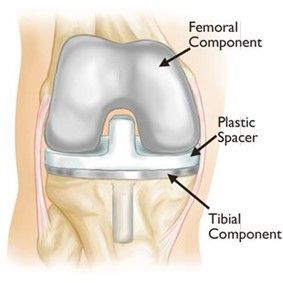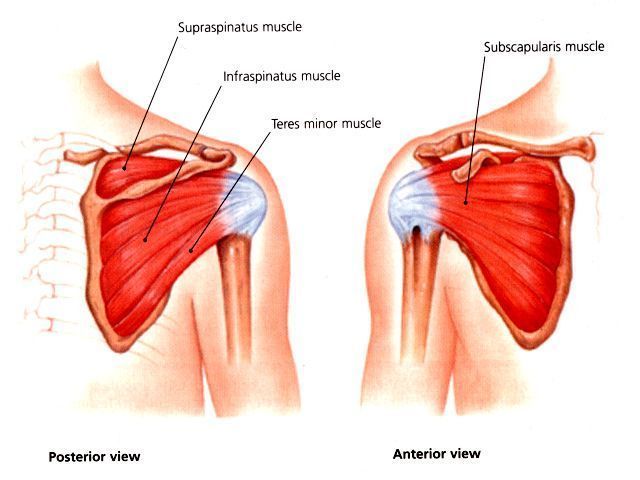Stress Fractures – Local Woman Article
Did you know that physiotherapy before total knee replacement surgery can help improve outcomes?
Introduction
The most common reason for total knee replacement is osteoarthritis. Preoperative physiotherapy and exercise, also known as prehabilitation is thought to improve recovery and functional performance following surgery.
A recent paper reviewed the literature and investigated the effectiveness of prehabilitation on subjective and objective outcomes following total knee replacement and compared outcomes to those who did not receive physiotherapy and exercise preoperatively
What did the authors find?
They found that patients who underwent preoperative rehabilitation prior to their total knee replacement surgery had a significant reduction in pain, length of hospital stay and functional performance, compared to those who did not receive physiotherapy and exercise preoperatively.
What does this mean?
This research has shown that patient’s who complete an exercise program before surgery recover quicker. Working with a Chartered Physiotherapist before your surgery can also provide an opportunity to learn about your surgery, what to expect and increase your confidence.
Cause of stress fractures
Loading and training variables such as volume, intensity and surface play a big role. However, there are other factors to consider such as inadequate calcium or caloric intake, hormonal factors such as menstrual disturbance in females or reduced testosterone in males, osteoporosis, decrease bone density, muscle weakness and leg-length differences. The main loading factors are as follows:
• An increase in load or number of applied stresses
• Inadequate recovery time between sessions
• Normal load to weakened bones (low bone density or osteoporosis)
• Load applied exceeds bone capacity to handle that load
How can a Physiotherapist diagnosis a stress fracture?
How Can I Prevent a Stress Fracture?
To reduce your risk of sustaining a stress fracture, it is important to understand factors which can be modified such as muscle strength, surface, footwear and nutrition. For example, if you do not have sufficient muscle strength, repetitive loading to an area can ultimately lead to overload and a stress fracture. Therefore, strength based exercises will help increase your tissues capacity to be able to handle load, which will in turn reduce your risk of injury. It is also vital to ensure you have adequate recovery between your sessions to allow the bone to adapt and strengthen.






